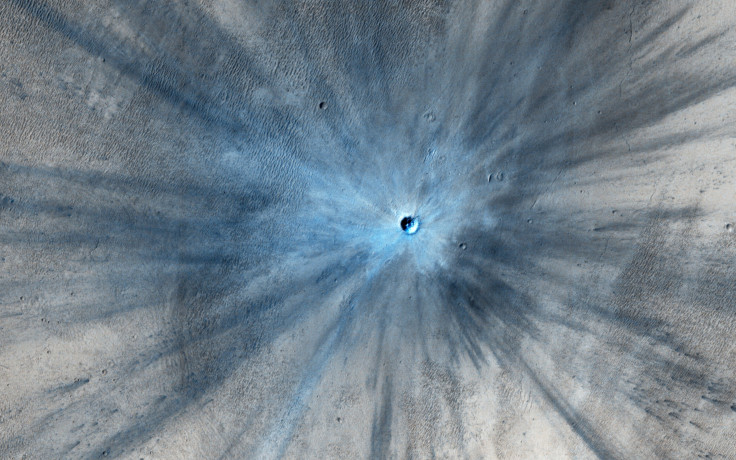New NASA Images Show Evolution Of Ice In Mars Crater

KEY POINTS
- NASA's new images show the changes of ice deposits in a crater on Mars
- The MRO spacecraft has been studying landscape changes in Mars since 2006
- NASA's animated clip highlights Mars' dynamic landscape
NASA recently shared a collection of images showing the changes that ice deposits in a crater in Mars’ north pole went through. The images were taken over a span of almost 12 years.
The stunning images were captured using the High-Resolution Imaging Science Experiment (HiRise) camera of NASA’s Mars Reconnaissance Orbiter (MRO)
NASA officially launched the MRO in 2005. It was able to reach Mars after almost a year from liftoff. Since 2006, the MRO has been orbiting Mars to study the features of its surface. It uses its HiRise camera to take detailed photos of the Red Planet from space in order to keep track of its weather conditions and landscape changes.
Recently, the HiRise team at the University of Arizona’s Lunar and Planetary Laboratory shared a short animated clip featuring a crater located in the northern region of Mars. The clip is composed of a collection of images that were taken by the MRO in 2008, 2010, 2012, 2016, 2018 and late 2019.
“MRO has been observing Mars for 6 Mars Years (MY), each of which lasts for 687 Earth days,” Alfred McEwen, the principal investigator for HiRise explained in a statement. “Shown here is an impact crater on the north polar ice cap, which contains an icy deposit on the crater floor.”
As noted by McEwan, the MRO has been studying and observing the impact crater for several years since its mission began. It became a significant subject due to the presence of ice deposits inside it.
As seen in the animated clip released by the team, the ice deposits at the center of the crater shrink and expand through the years. Aside from showing the effects of weather patterns and changes on Mars, the clip also demonstrates just how dynamic the surface of the Red Planet can be.
“These inter-crater ice deposits shrink and expand or change shape or surface texture from year to year,” McEwen stated. “In this animation, we can see the appearance of this crater fill in MY 29 (2/2008), 30 (8/2010), 31 (7/2012), 33 (2/2016), 34 (1/2018), and 35 (12/2019).”
© Copyright IBTimes 2025. All rights reserved.





















